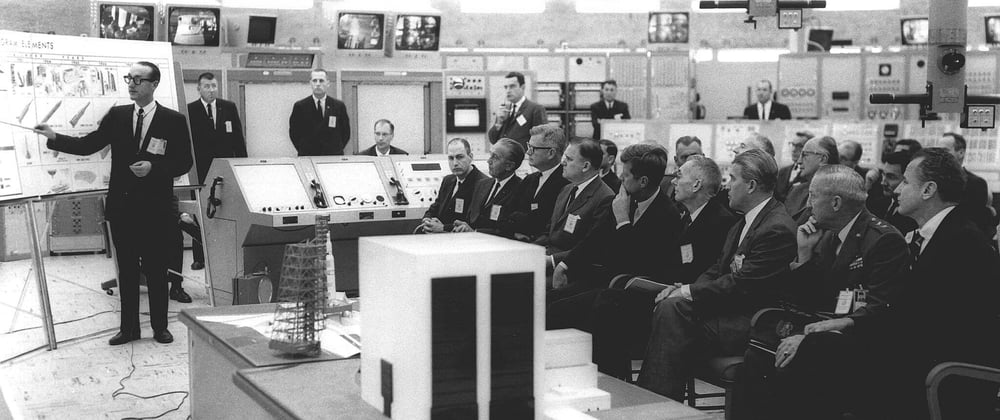Meetings don’t have to be something your team dreads or tries to avoid. The key is to make them effective and worthwhile. Check out these 5 best practices to get the most out of your meetings.
Getting into a productive workflow can be hard to accomplish when there are constant meetings on your schedule. If you’re wondering how to have effective, productive meetings, you’re not the only one.
When meetings are frequent and inefficient, the result is a lack of productivity, employee burnout, and ultimately, customer dissatisfaction. When meetings are short and actionable, they better enable people to collaborate and function as a team.
The most productive meetings are designed to have predefined agendas, purposefully selected attendees, and documented takeaways with action items.
There are specific actions you can take to improve these experiences for you and your team. The following practices are easy to implement and offer actionable steps to hold meetings with a high return on investment.
1. Asynchronous > Synchronous
You’re most productive when you’re in your flow zone.
“Flow is defined as an optimal state of consciousness where we feel our best and perform our best… Flow is to extreme innovation what oxygen is to breathing.”—The Art of Impossible by Steven Kotler
If you’ve experienced this heightened sense of productivity, you know what Kotler is talking about. It’s that moment of focus and connection with your work. Meetings that break up your day can also break your concentration, making it difficult to get back into that moment of flow.
That’s why the best meetings are the ones we avoid having in the first place. If a discussion can be held asynchronously, whether it be through Slack, Loom, or email, you should do it.
Shifting meetings to asynchronous approaches has a number of benefits:
- It reduces unnecessary distraction.
- It increases team productivity.
- It helps ensure attendees are more engaged when meetings are required.
Using alternative mediums of communication also forces people to be more concise in their messaging and slowly builds up documentation as they provide input through written posts or videos.
In order to have effective asynchronous communication, you need the right tooling within your team. Software, like Status Hero, Trello, Notion, Jira, GitLab, or Slack help decrease communication debt and provide transparent updates on what other team members are up to.
If you need to have a meeting because the topic is too complex or sensitive to discuss over recorded communication, it’s better to schedule one for as short a time as possible.
Meetings lasting fifteen to thirty minutes are more productive than those lasting over an hour. Attendees not only lose focus during such long calls but often will kill time by rambling on issues that can be easily addressed through a few Slack messages.
2. The Right Participants
If you have too many people in a meeting, nothing gets done. Too few and you can’t make a decision because you’re missing key players.
Having the right number of people is just as important as having the right people in a meeting.
Invite the people who have the most relevant opinions on the topic at hand so they can offer useful insights and concrete suggestions for solutions. Be sure you have enough people to work together effectively but not so many that they compete to give input, thus overwhelming each other and the discussion.
The best meetings have the following:
- Someone in charge of leading the meeting.
- Someone in charge of taking notes.
- Someone with a niche knowledge about the topic being discussed.
- Someone with a stake in the conversation at hand.
- Someone with enough decision-making power to approve things moving forward.
These factors turn a meeting into a productive work session rather than a static discussion.
3. Agenda
Using an outlined agenda ensures meetings don’t lose focus and wander off topic, and that attendees focus on the points most necessary to address for completing the agenda. If you finish the agenda, then you finish the meeting.
Distributing the agenda a few days ahead of time is also crucial so attendees can prepare their input. This ensures better-quality conversations and increases the value of the time allotted.
The agenda should contain the meeting’s objective and a list of topics that will be discussed, including how much time will be assigned to each topic.
Since the scope for each meeting should be narrow, the agenda should be short as well. Overgeneralizing topics leads to overly broad and unfruitful conversations. Usually, a good agenda doesn’t include more than five points.
For example, your agenda might look like this:
- Context introduction (two minutes)
- Logistics (ten minutes)
- Production
- Distribution
- Next steps (three minutes)
4. Notes
The notes that you and your team takes during meetings are key to efficient work after the fact because they automatically create documentation for future reference. Those notes also help people who missed the meeting stay up-to-date on items discussed and actions taken. This encourages transparency within the organization.
The notes also help the team members who attended the meeting because they can use that documentation to keep track of their progress toward the stated goals, thus increasing accountability for the future.
The meeting notes should be to the point, easily digestible, and shared publicly with the rest of the team to ensure their effectiveness.
5. Next Steps
The true test of a meeting’s effectiveness is what happens after the meeting is over. Your team should leave the meeting with a list of outcomes to follow. This provides a way to measure progress and ensures your organization keeps moving forward with its goals.
The list of outcomes and next steps should include several elements:
- Clear decisions: this is a list of the key decisions made during the meeting based on the agenda.
- Outcome road map: this plan details where your team is in the process and what is expected to come next.
- Owners and due dates: this explains the next actions your team will take, the expected deadline for those actions, and the team members responsible for enacting them. This element is the most important since it ensures continued progress toward your goals.
Conclusion
Meetings don’t have to be something your team dreads or tries to avoid. Following best practices for meetings is a strong way to improve collaboration and increase productivity within your organization.
If you use a set structure, effective tooling, and clear documentation to improve communication channels, you will build a more transparent and collaborative team, ultimately creating an environment that’s most optimized for success.
By Juliette Chevalier. Juliette works as a Software Engineer, teaching programming at conferences and bootcamps worldwide on the side. Her purpose is to empower others by showing them what we can do with our brain, a computer, and wi-fi.







Top comments (0)